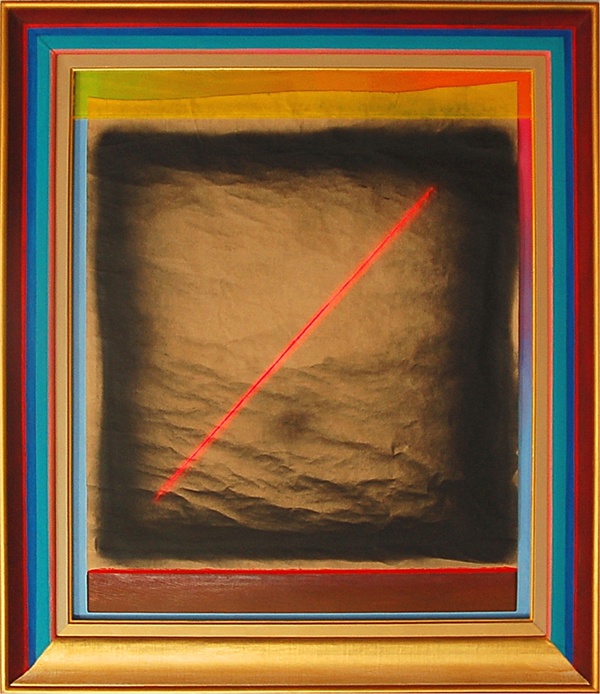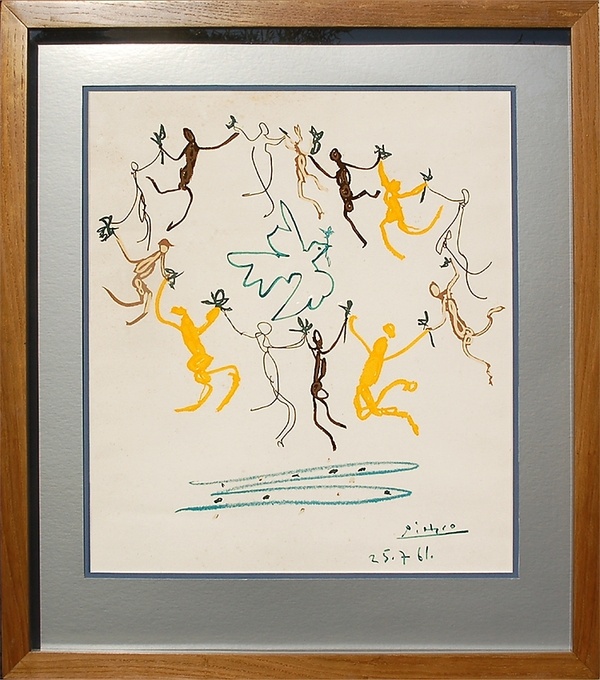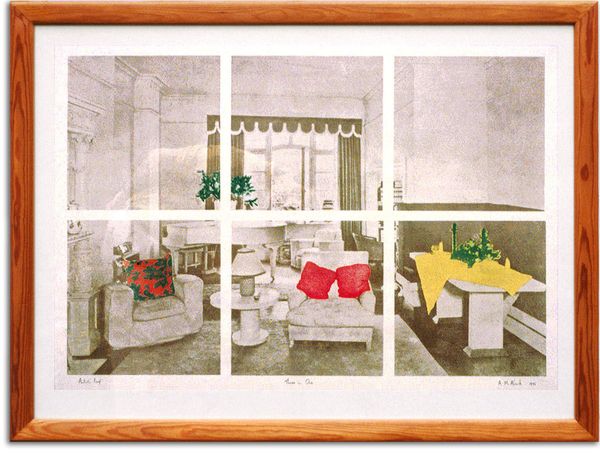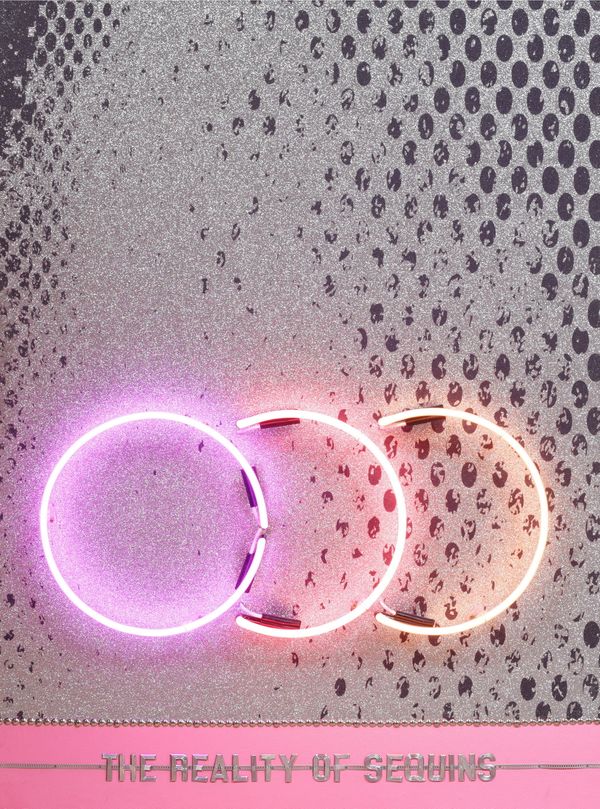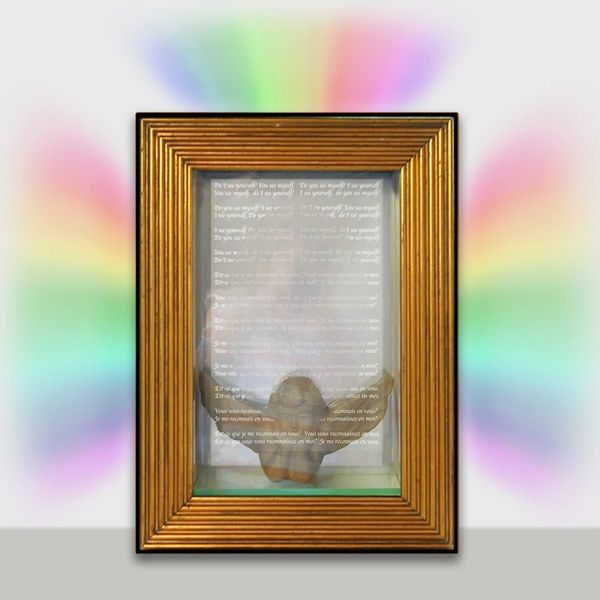
Do You See Myself?, 2005
Tony Alcock
Mixed media light box
Original Sculpture, 48 x 65.8 x 17 cm
Unique Edition, 1 of 1
 Offered by
Offered by AMA Artworks
Return Policy
7 day, no risk, money back guarantee
Return Policy Terms
Concerning a returns request to be accepted, please note the following : If you are not completely happy with the work, it must be returned within the 7 days from reception, and certainly in the same condition as it was dispatched. Please note artworks for return shipment must be carefully prepared and packed in their original packaging in order to qualify for a refund. It is therefore important that you take care when unpacking the artwork on reception. After receiving the returned artwork safely, a refund for the price paid for the artwork will be promptly and willingly provided.
About Tony Alcock
I was born in Nottingham (UK) in June 1947. My post school art education included a Pre-Dip at Loughborough followed by studying Fine Art / Painting at Leicester Polytechnic. After graduating and producing my 'Light Organ', I enjoyed a couple of years being recognized as an original and practicing artist in the UK. However, I chose to pursue life as a teacher, gaining a PGCE from Bristol University, where I later briefly lectured in Art education.
Circumstances changed and I found myself working as a musician, became a music shop owner and eventually worked in a successful graphics based company, MOGO UK. From 1993, I was able to reactivate my artistic ambitions, identifying myself as AMA, I've always liked the symmetry of my initials. Most all the work on this Artlimes website will have been produced after 1993.
I hope you enjoy and get into the work you see, it can then speak for itself.
By the way, whatever you think about the art, I'm very good at wrapping up, packaging and dispatching the finished article!About the Product
It all started with a papier-maché cherub on sale in a French art / decoration shop, a kitsch reference to the couple of supporting characters at the base of Raphael Sanzio’s painting, ‘The Madonna of San Sisti’. One of the qualities of this painting is how the Mother and Child seem to gaze into the infinite, while the two cherubs below nonchalantly witness the spectacle.
On unexpectedly finding this crass reference to a popular image taken from Renaissance art, something concerning the portrayal of looking out beyond the frame was awakened within me. To date, an awful lot of my work had been tied up with looking inwards, and the idea of mirrors came to mind. With mirrors, one looks towards a light reflecting surface only to find an isolated image looking outwards and back at the original viewer. An interplay between self and image of ‘self’ is obviously happening here. We construct the necessity of there having to be a three dimensional space in which this experience could happen and, yes, this three dimensional, kitsch, papier-maché cherub certainly would fit the space.
The original idea was to simply make a box containing a glass mirror with the cherub at its base. A relatively large picture frame covered in strips of brown paper with the words, “Do you see myself?” printed on them would surround it. The idea would have been clearly expressed but the experience of looking would have been very boring. Transferring this textual idea to the mirror surfaces themselves was obviously the thing to do and, of course, in asking the question, an answer should well follow. As is the nature of a mirror image, the subject and the object of the sentence could be reversed to reflect the original question and answer. The ensuing quadruplet could be inverted and again reversed before returning to the original proposition:
Do you see myself? I see yourself. You see myself, do I see yourself?You see myself, do I see yourself? Do you see myself? I see yourself.
It was also fitting to repeat the exercise in French (for the benefit of family and friends), thus allowing a subject to look through one language to see into and through another. The activity of translating what one understands as being seen also becomes a part of this gazing experience. All this mental activity, and throughout, our little kitsch cherub continues to gaze into the infinite.

